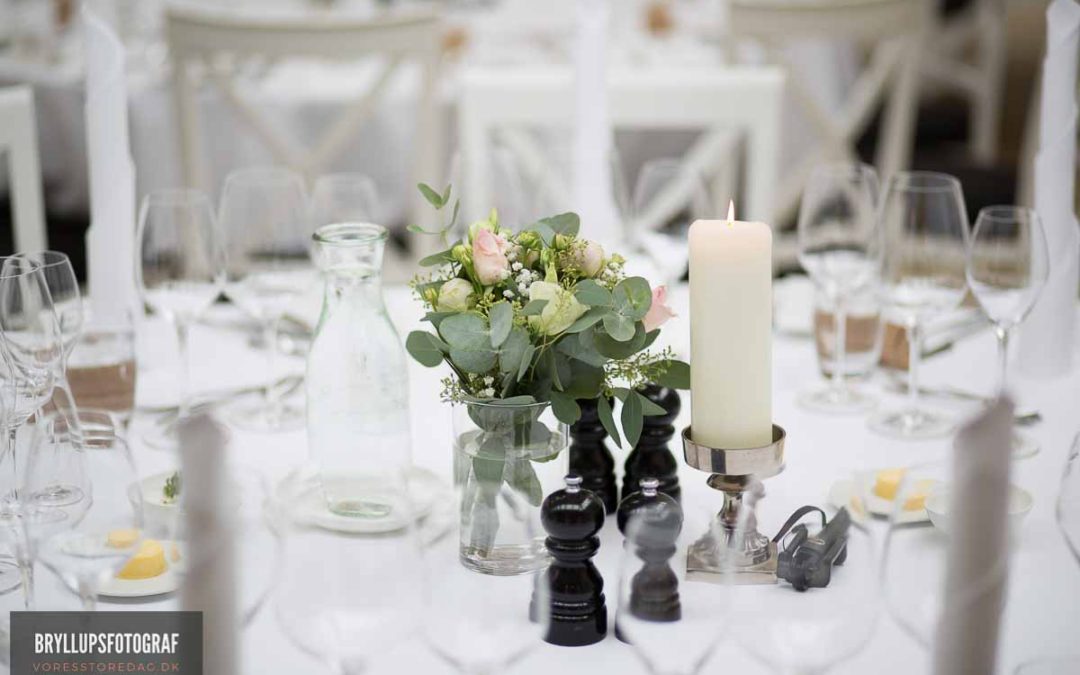Your wedding flowers can say a lot about your wedding and your personal style
Choosing your florist – Your wedding flowers can say a lot about your wedding and your personal style. Silks or fresh, they will add to your ceremony and reception site, give complementary color against you and your bridesmaids dresses, and add a touch of color to your groom and guys.
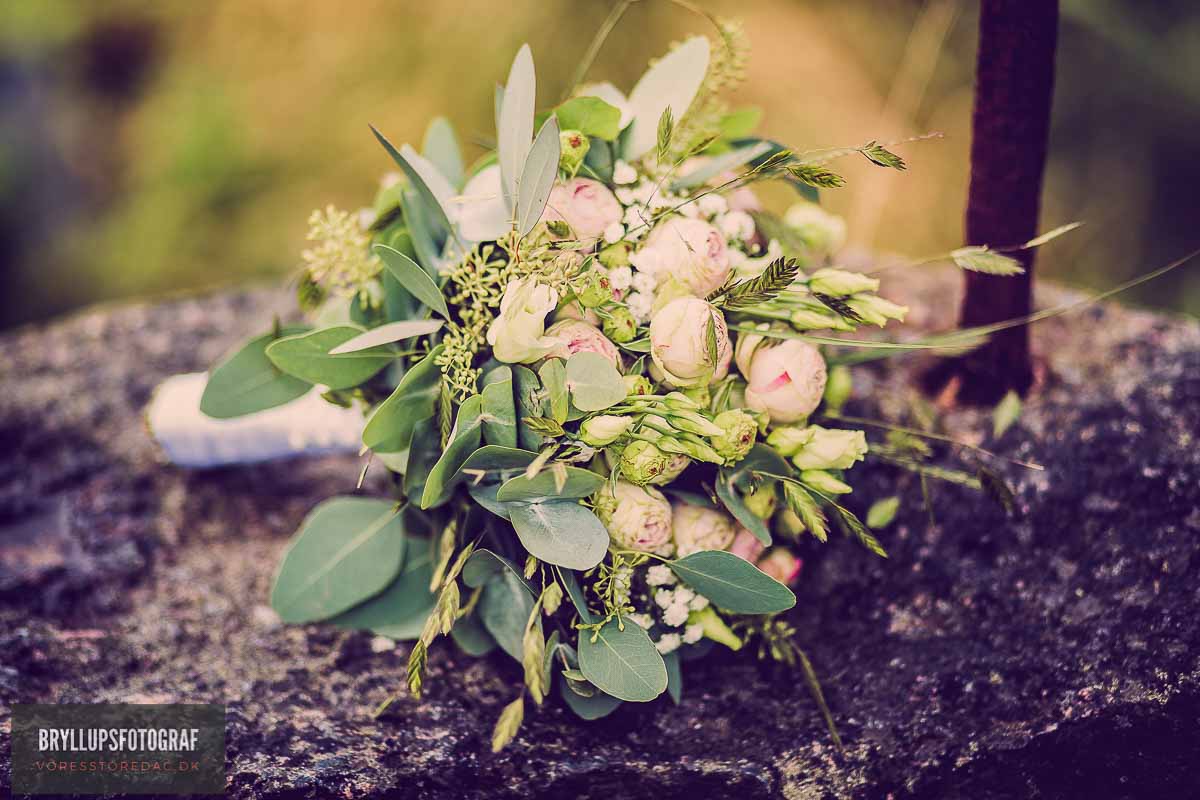

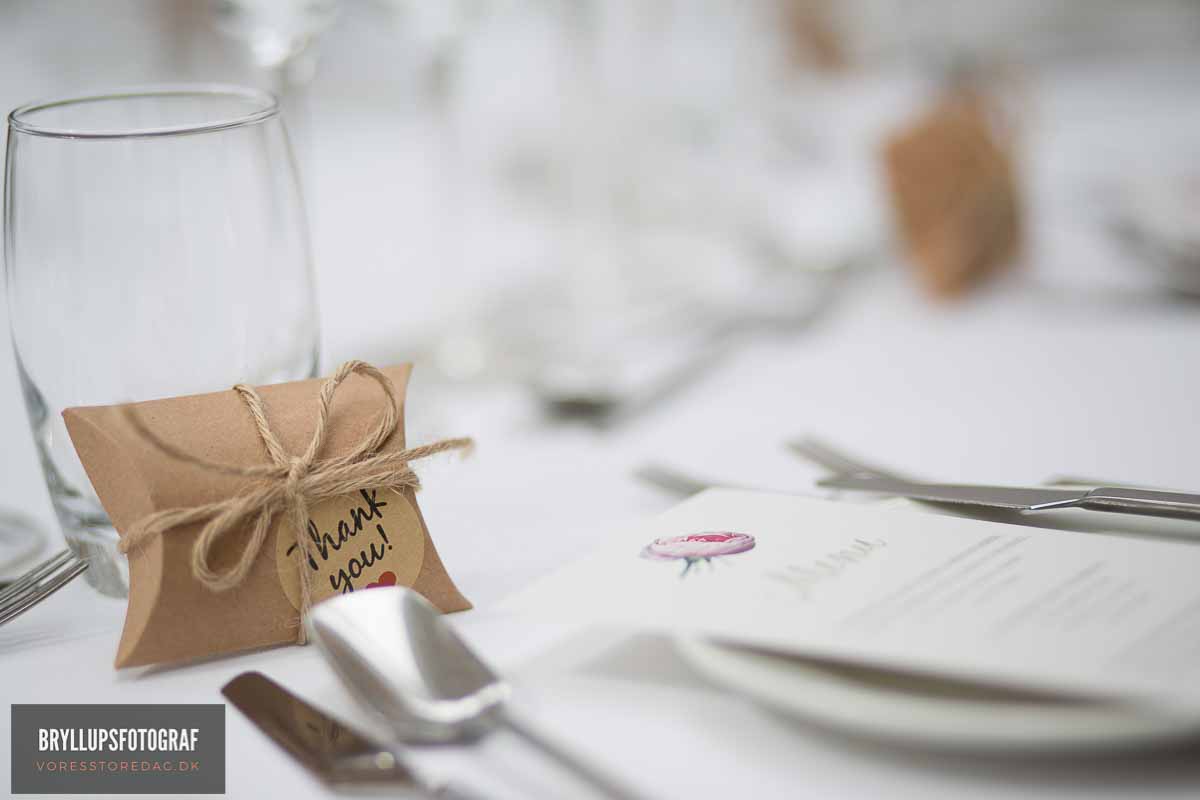


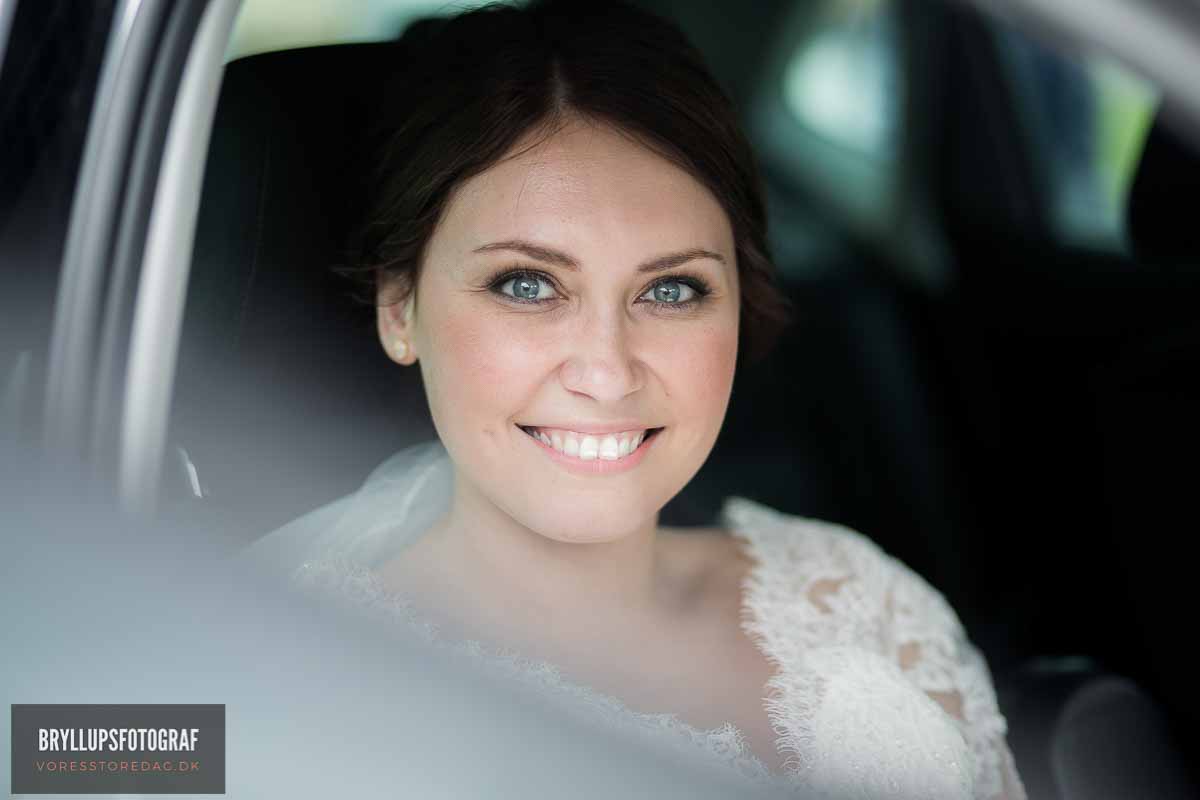
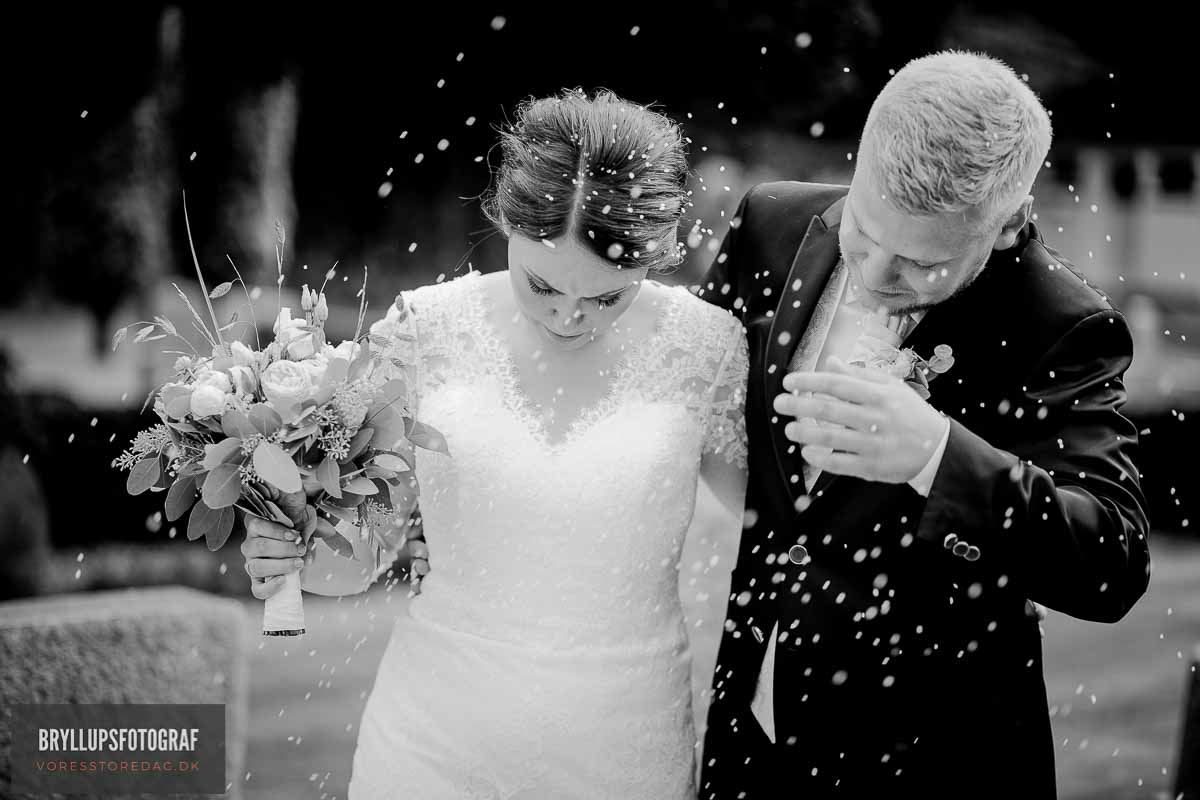
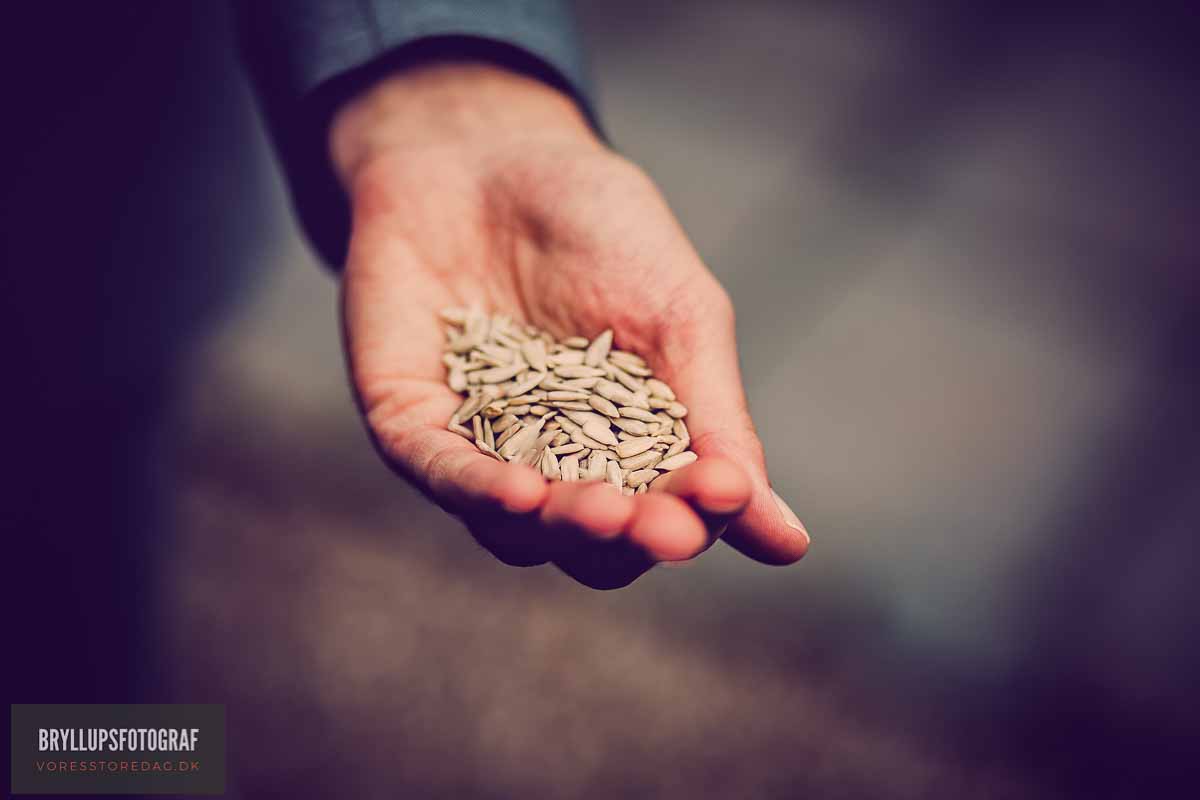
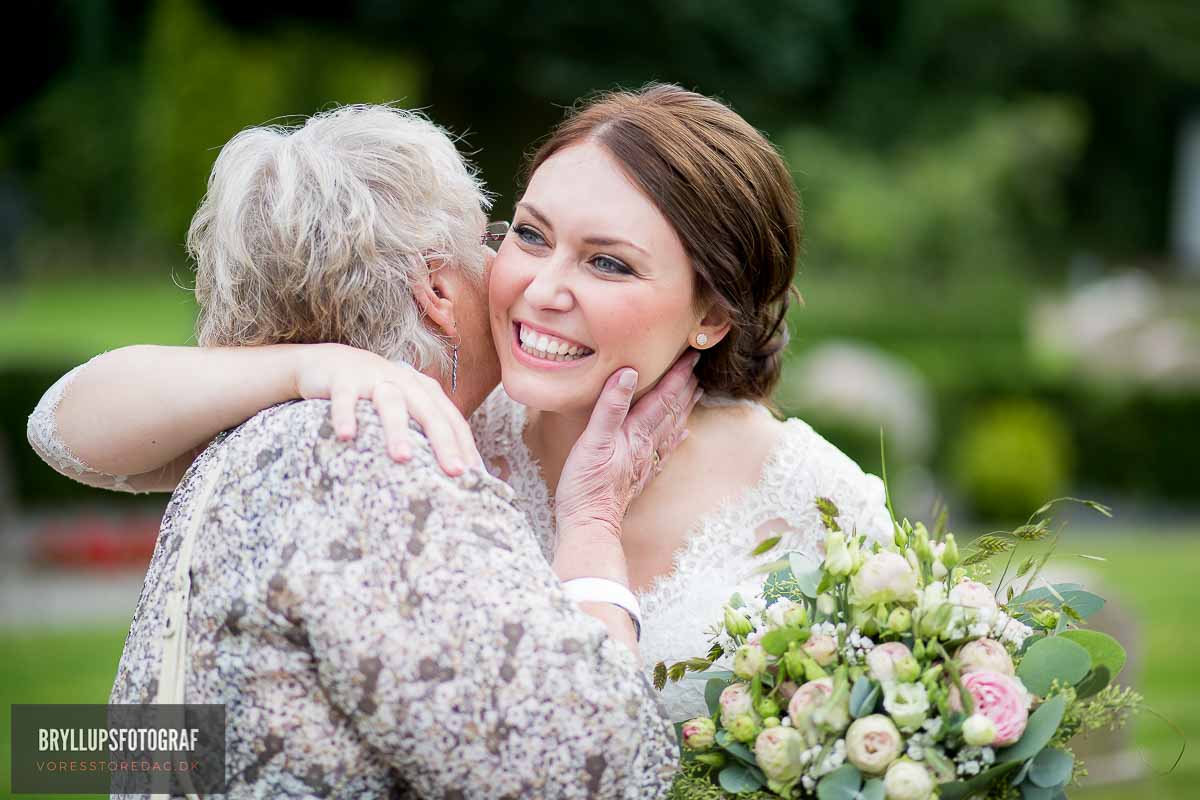
There are so many choices when it comes to flowers, and it seems just as many choices in florists. Here you will find some information and questions that will help you determine which florist may be right for your wedding.
You will need to start looking for a florist and contact one early in the planning stages, ideally 8-12 months prior to your date. Get recommendations from other service professionals as well as family and friends. Give the florists a call and make an appointment to talk with them and see their work.
When meeting with the florist, check out their shop. Do they work from out of their home or have a shop? What is their business traffic? Do they specialize in weddings?
Ask to see arrangements in silk or fresh. If they are designing arrangements for a wedding that you can view, ask to see them.
Look at fresh flowers the florist has, do they look healthy? Do arrangements in the shop look full and vibrant?
Ask the florist for suggestions, try to have in mind what you are looking for, does she listen to you wants and seem willing to create what you wish for? Does she have suggestions on what you can do to enhance or lessen the costs of the order?
Ask around to several florists and get a ‘ball park’ cost for your wedding flowers. Keep in mind, price is an important factor, many florists will try to work within your budget.
Once you are comfortable with a florist, you need to ask some questions before you contract them such as:
Have you worked at my ceremony and reception site before? What suggestions do you have for enhancing the sites with flowers and decorations?
Do you recommend silks or fresh flowers and why?
Will you be able to make up or do you have a sample bouquet that I can see before deciding on a type of bouquet for design, size and colors?
Can you provide candelabras and plant stands for arrangements at my ceremony and reception. Will you decorate these? Will you or can you transport them from the wedding to reception? (you may wish to use these as backdrops for your cake area or other reception areas)
Keeping in mind the ceremony site (air-conditioned or not), time of year, flowers in season and heat factor. What flowers do you recommend?
How will you ensure or guarantee my flowers on the wedding day? Is there a back-up plan in case of an emergency?
Will you personally deliver and set-up the arrangements? Will you stay and pin flowers for groom, groomsmen and others?
Can you provide other decorations other than flowers, such as balloons for the reception, centerpieces, and flowers for cake table or floral cake topper?
Do your preserve the wedding bouquet after the wedding? If silks are used, do you have suggestions for re-creating different arrangements (such as centerpieces) with my bouquet or other arrangements after the wedding?
What will the total cost of my order be? Is there any overtime or additional costs I need to be aware of? What is your payment policy?
If all the questions are answered to where you feel comfortable, get it all in writing as to costs, what the florist will provide with an itemized list. Make sure she/he provides you with information of who will design the arrangements and who will deliver them. Provide the florist with contact information for your ceremony and reception sites and a timeframe of when and where you wish your flowers delivered and set-up.
Ceremony Flowers
You and your bridesmaidís bouquets will be a focal point in your wedding. You will want to have arrangements with some impact, yet not be overpowering. Here are some helpful tips and flower facts to consider:
Your bridal bouquet will need to compliment your wedding style, dress design and your body size. As there are many different dress styles, there are different bouquet designs that will compliment or detract from them. For example, a sheath style gown with its long lines will look its best with a small bouquet or an elongated bouquet design. A very elaborate dress with detail on the bodice and skirt may benefit with a bouquet design that is held to the side. A very petite bride can be easily overwhelmed with a large bouquet.
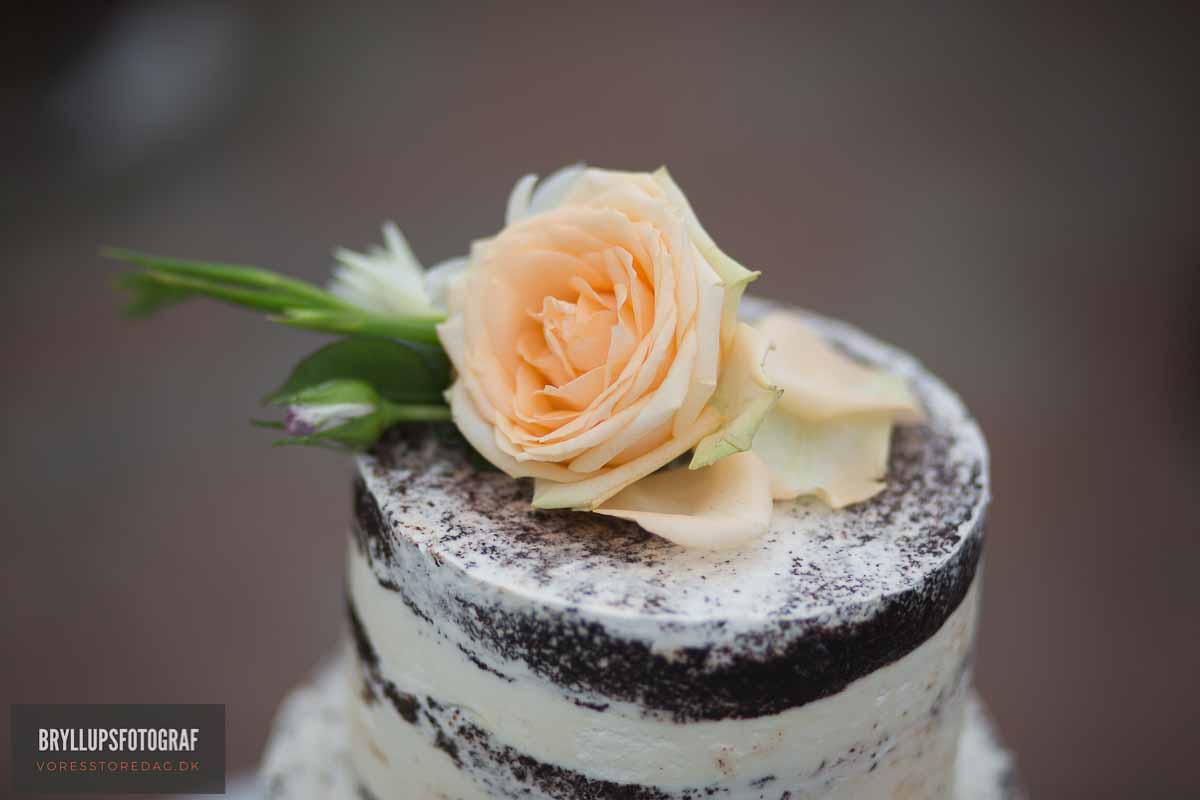
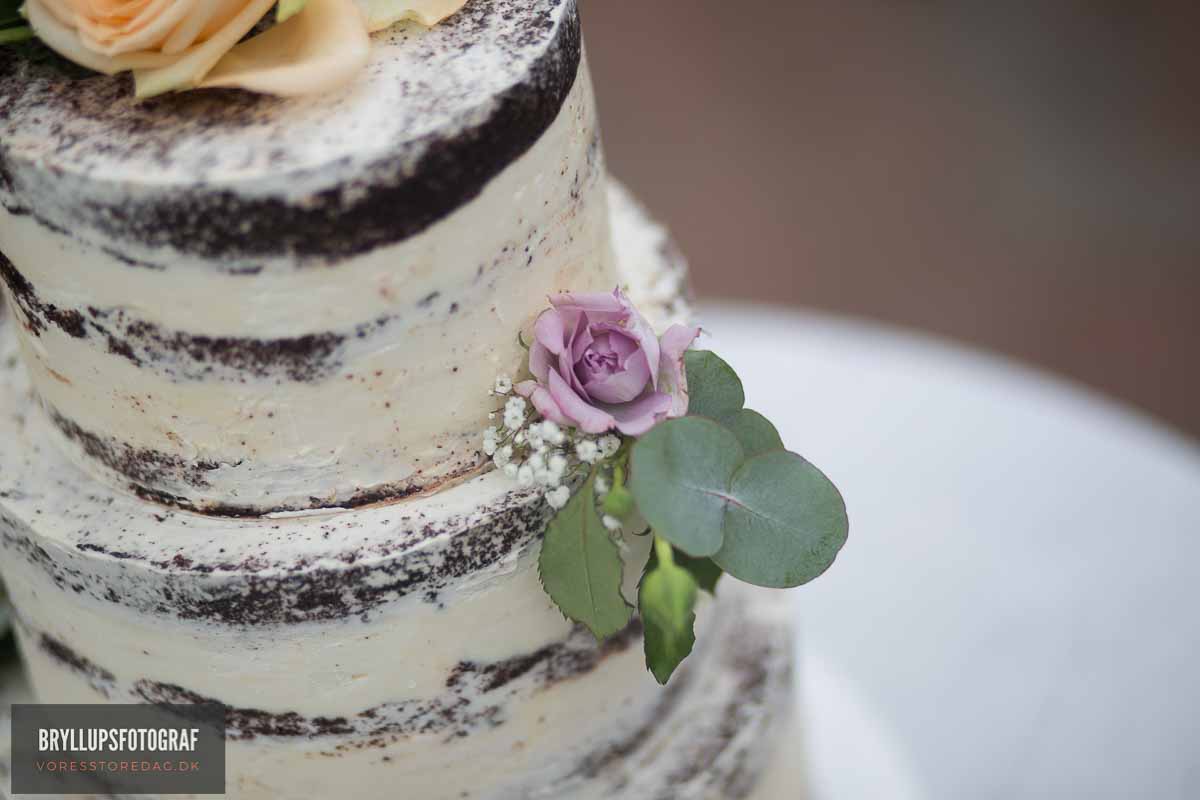
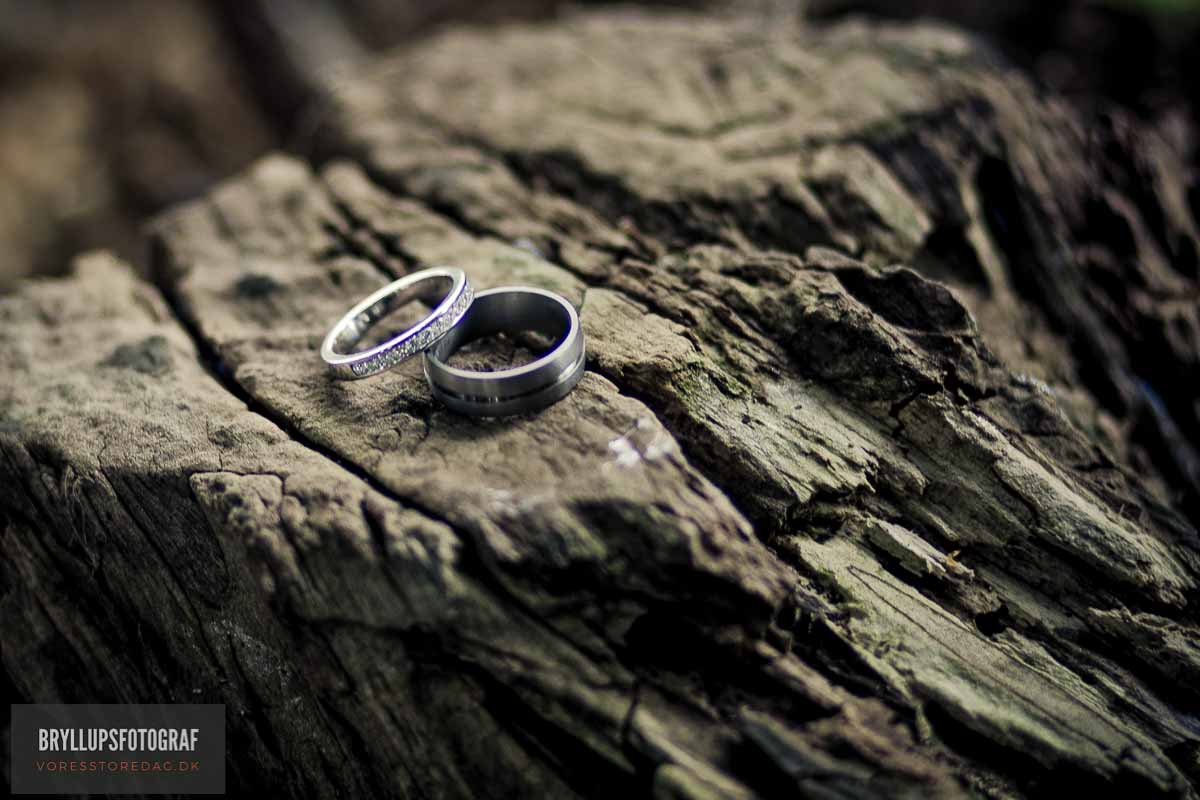
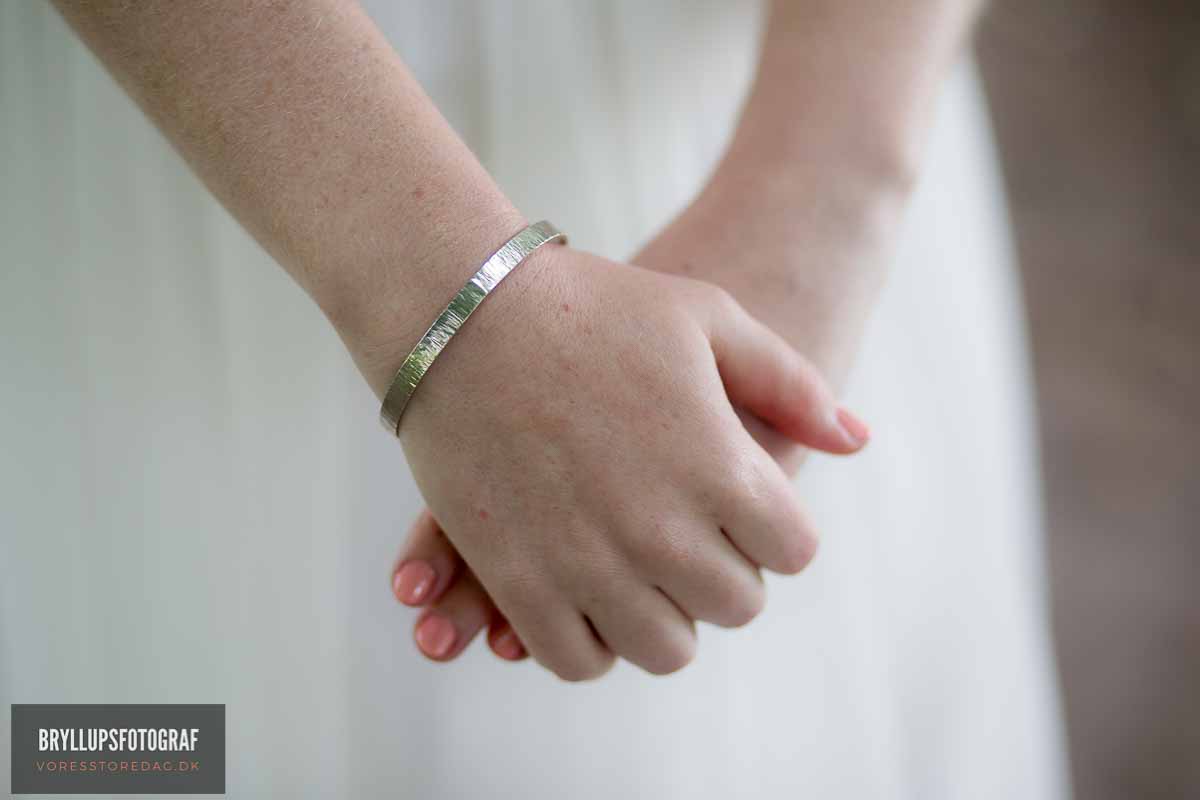
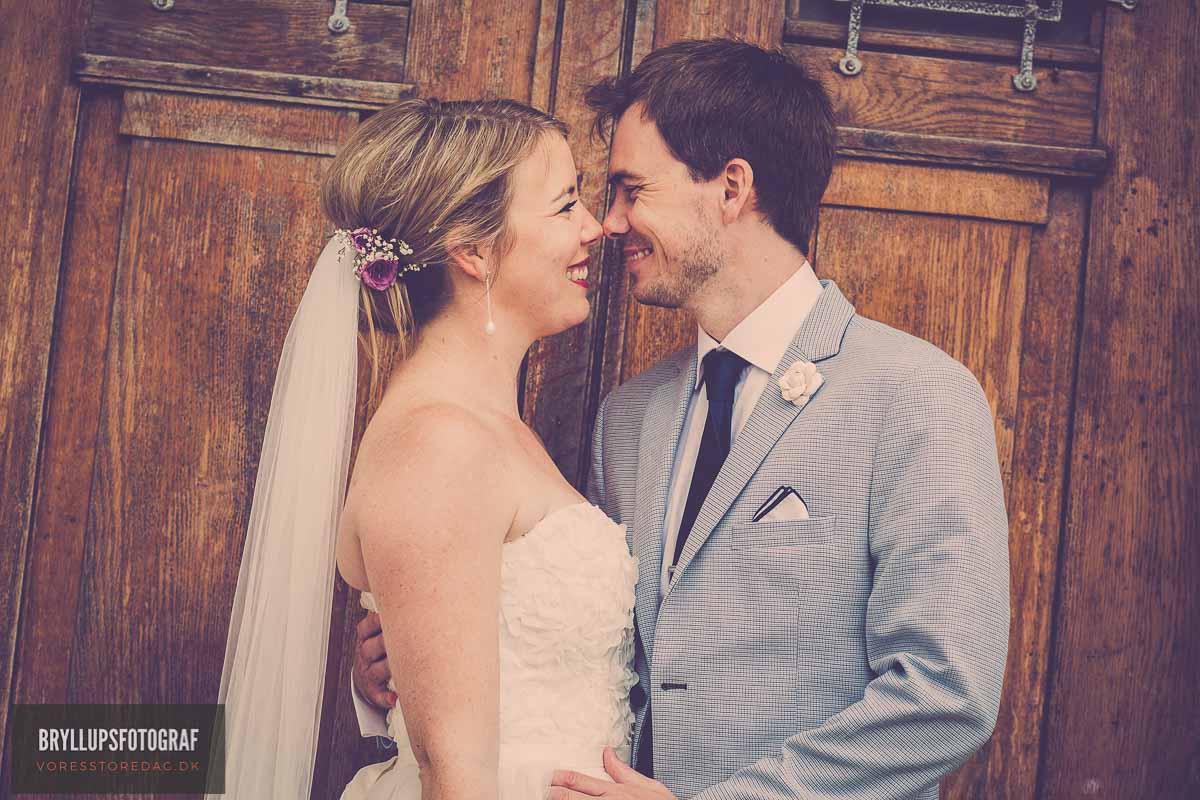
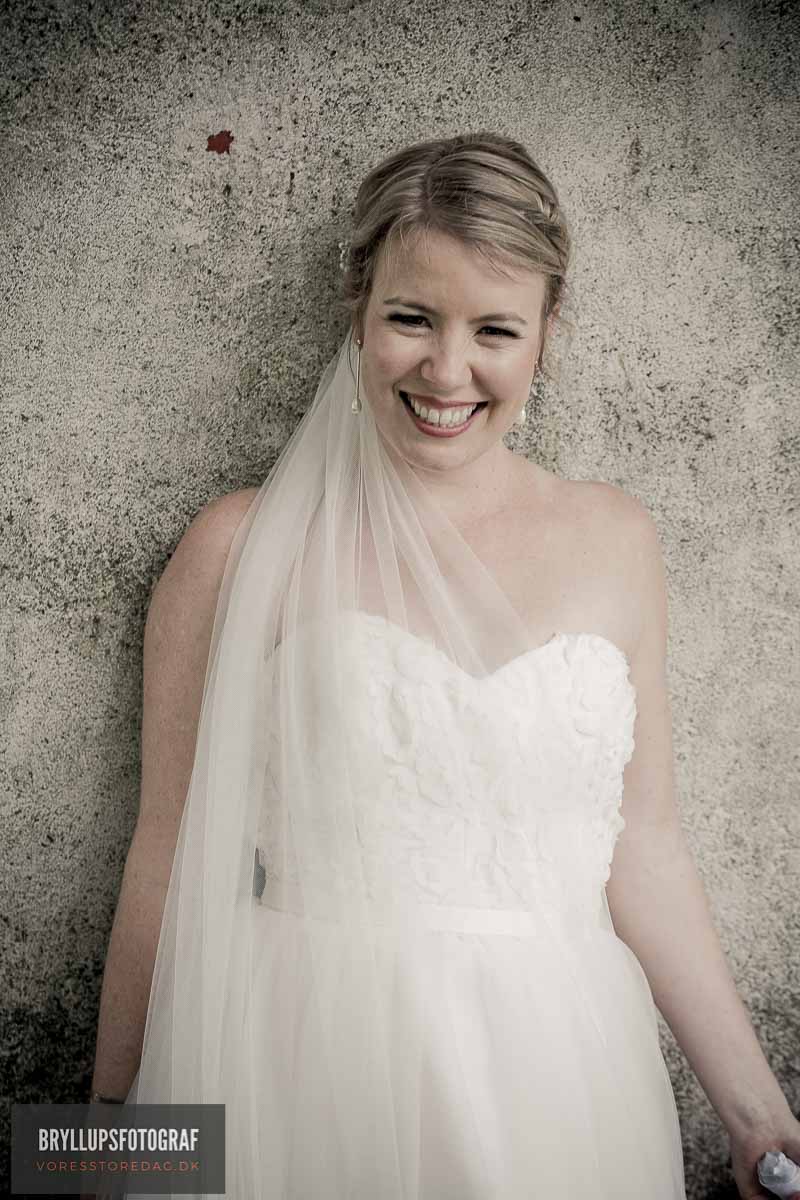
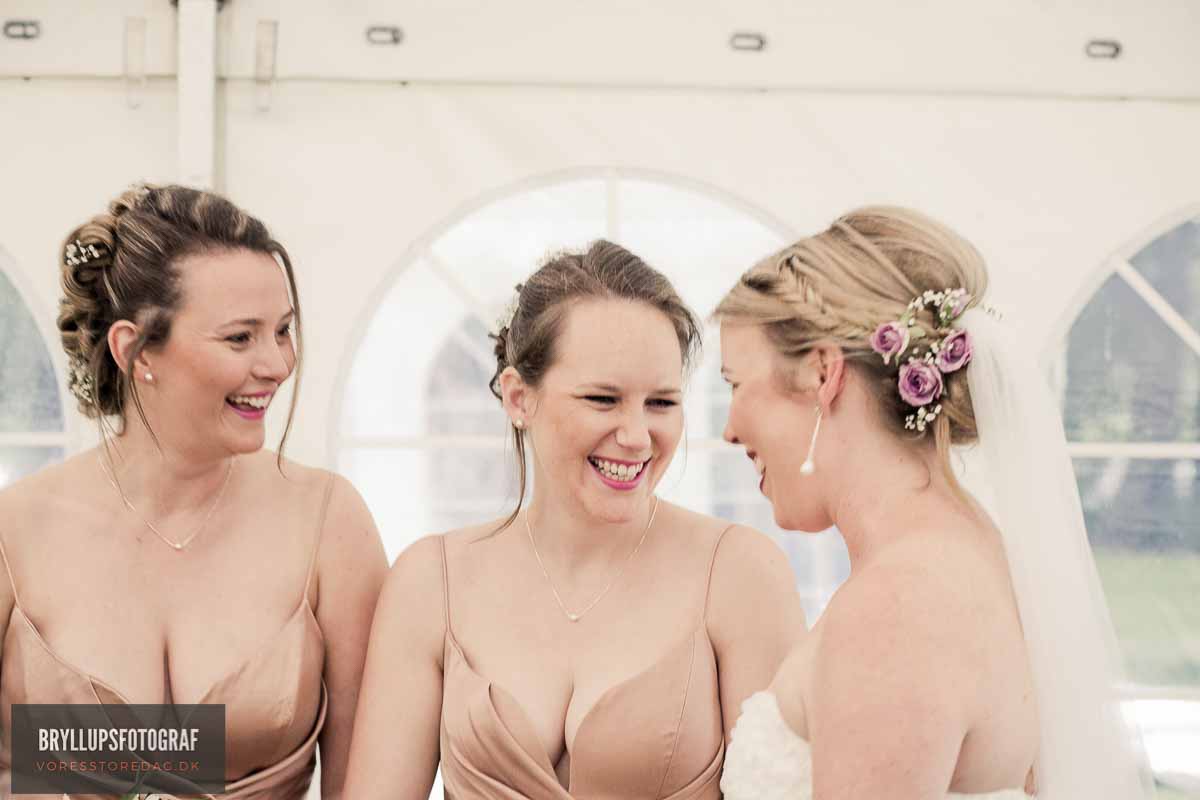
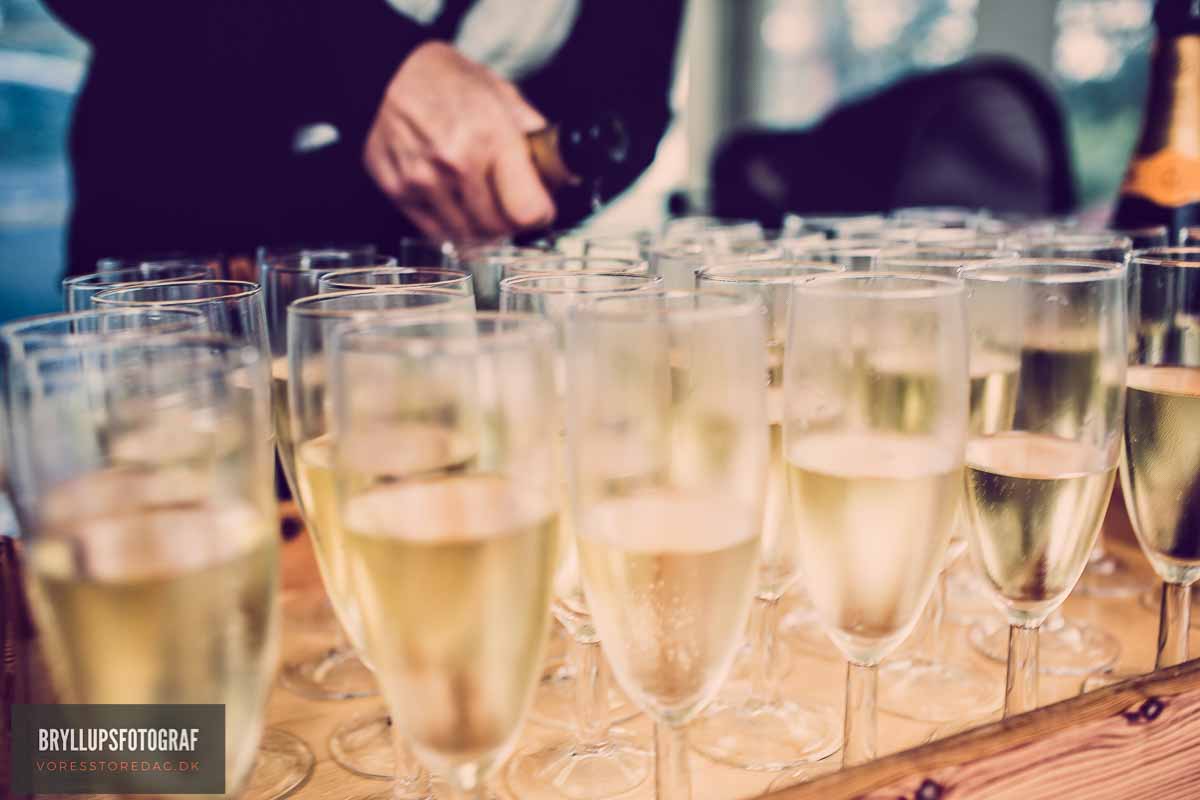

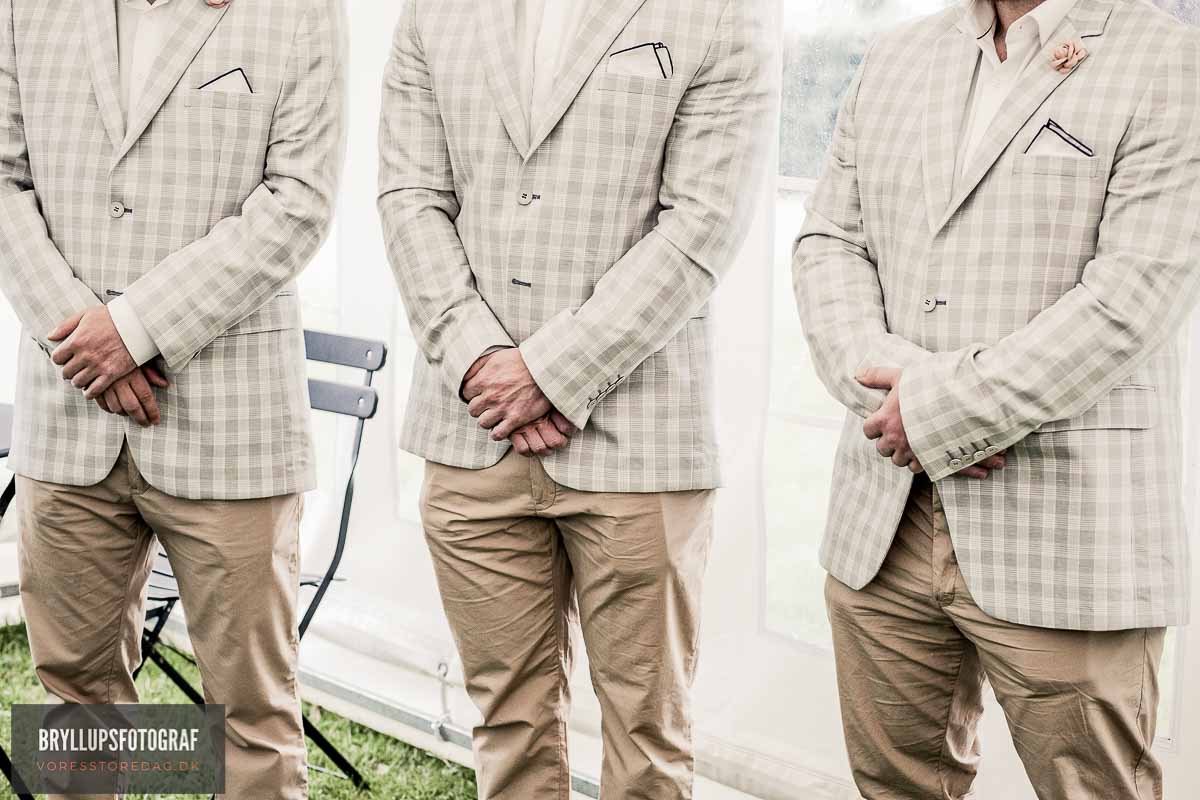
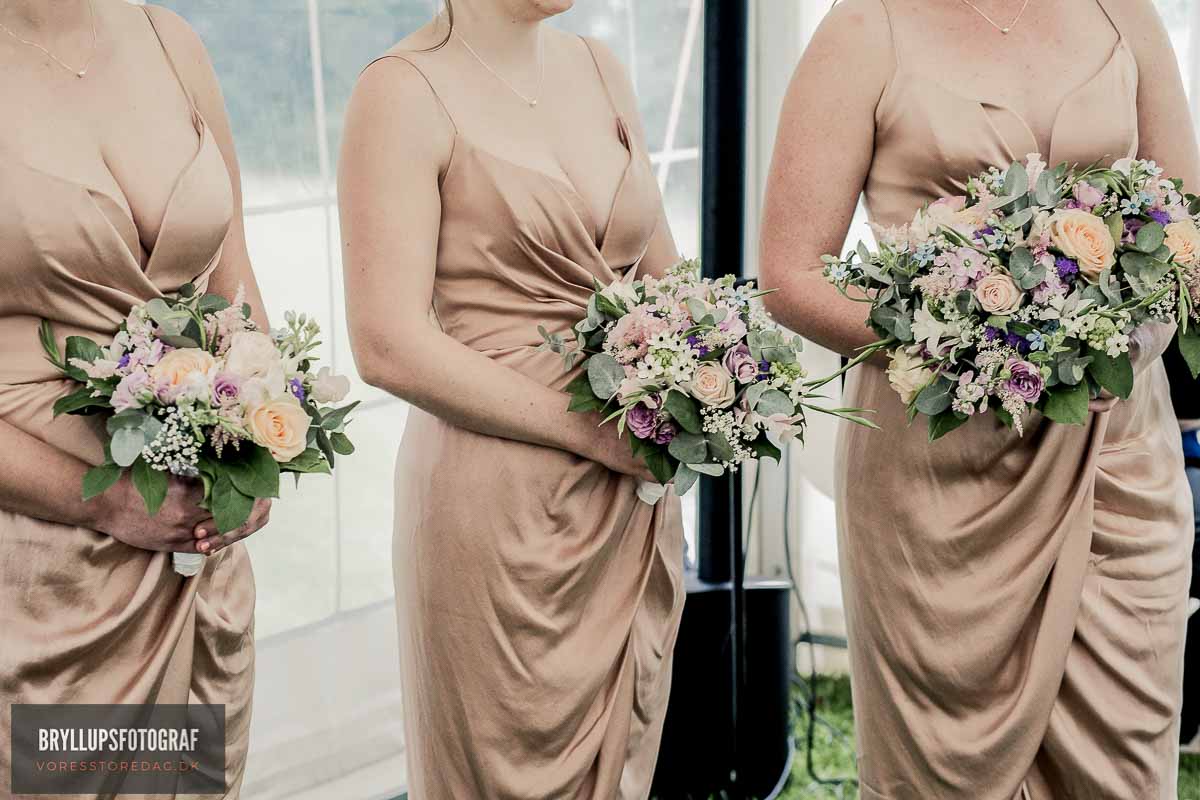
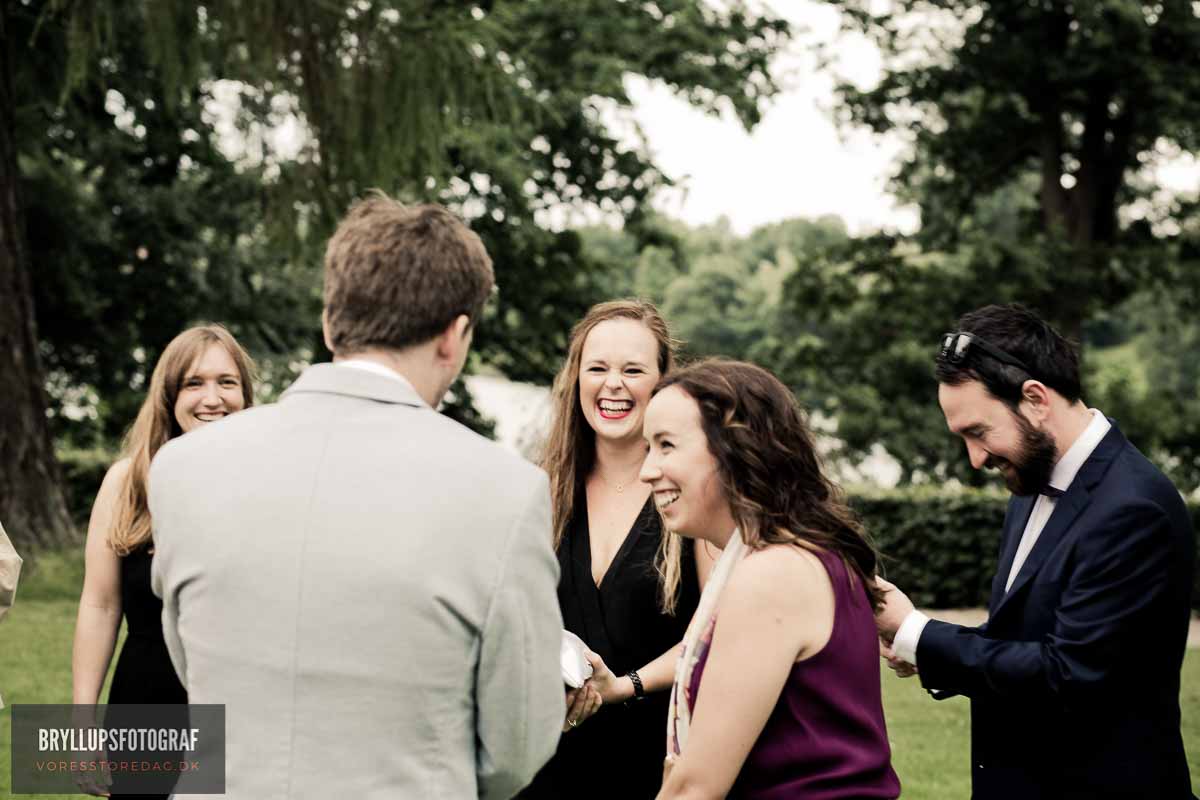
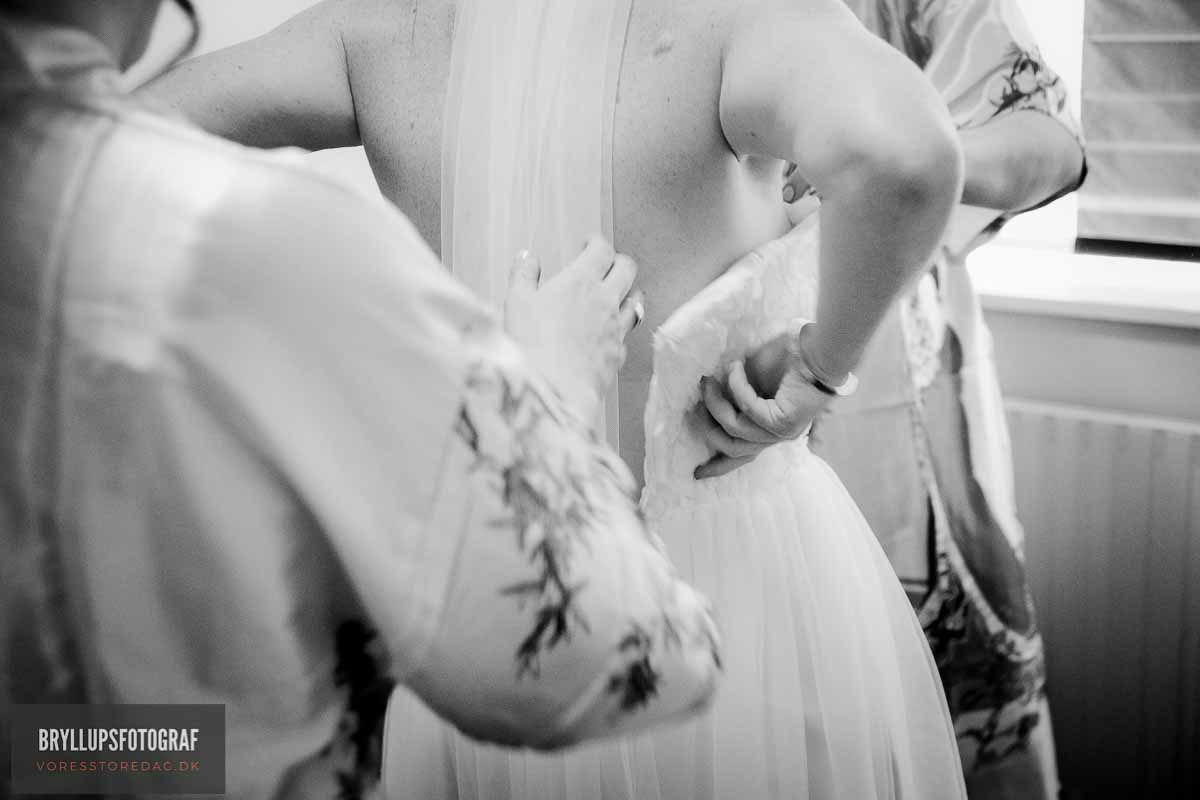
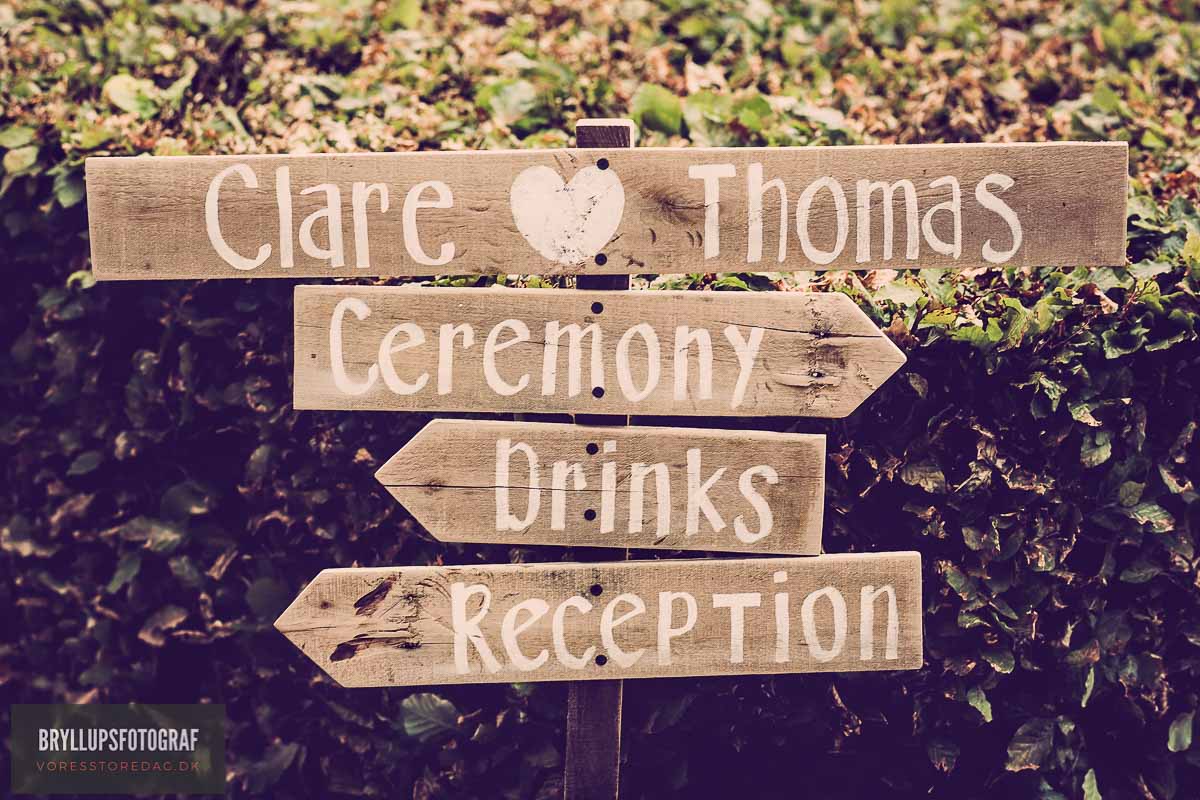
Talking with your florist, they will be able to make suggestions as to the design and size you will need. If possible, ask for a sample bouquet or similar to help illustrate the design.
Choosing your flowers used can depend on the season, color and sizes of the blooms. Flowers that are in season are usually less expensive, look healthier and will last longer. Your florist can help you in choosing in-season blooms. Another alternative would be silks, which can sometimes be less expensive and are available all year round.
The classic wedding bouquet is all white, with roses and freesia. However, wedding floral arrangements today are based on your own personal style and theme. Consider blushing pastels, vibrant reds and yellows, even a mixture of wildflower colors. Blooms such as Cala lilies can keep with the traditional white, while adding a very distinctive flair. Remember to have your florist make up a small toss bouquet that resembles your bouquet.
The attendantís bouquets are often different in size and color from the brideís. You may even choose to have your attendants carry candles, bibles or other items decorated with flowers.
Traditionally, flower girls carry baskets of loose flower petals to toss in the aisle before the bride. This tradition is to give the bride a soft bed of petals to walk upon. Check with your ceremony site, some churches do not allow toss petals as they can be messy and guests might slip on them. An alternative to loose petals can be a miniature bouquet or basket of blooms.
Groom, groomsmen, fathers and other special men traditionally wear boutonnieres on the left lapel of their coats. The groomís boutonniere should be different from the others, usually of the same bloom found in the brideís bouquet. Men other than the bridal party that may wear a boutonniere are the officiant, musician, reader or soloist, family member and host.
Corsages for mothers, grandmothers and other special women should be of colors chosen to compliment their dresses. A traditional corsage is pinned to the dress on the left shoulder, however, you may wish to consider a wrist corsage or have mothers and grandmothers carry a single rose or small bouquet of flowers. Other women who may receive a corsage include officiant, musician, reader or soloist, family member, host and personal attendants.
You will also want to consider your ceremony site and have arrangements or floral decorations to accent the site. You will want to work with your florist to determine what, if any arrangements and decorations may be needed, and their size. Small arrangements can be lost in a large site, where too large of arrangements and decorations can be distracting.
Work with your florist on decorating the candelabras, providing greenery for the pews and other structures such as piano, organ, and railings. If you are having a candle light ceremony, your florist might be able to provide help with placement and provision of candelabras and accessories. Remember, the idea is to enhance the site, not to overwhelm it with flowers and decorations. You or your florist must be an artist when working to develop an overall site plan.
Reception Flowers/Decorations
Your reception can be enhanced with a few simple arrangements, or a lavish display from centerpieces to floral arches. Depending on your style, budget and reception site, you may wish to heavily decorate or add just a few simple touches. You will need to discuss with your florist what they can provide. Some florists can provide everything you would want and need for a price.
Your reception flowers and decorations should carry a uniform look and echo the colors of your wedding. Floral arrangements, table centerpieces, balloons, and lighted greens around tables and the room will all add to the ambiance and style you wish to obtain. Floral arrangements should be placed in areas where guests will mingle and focus their attention. Buffet tables, stages, mantels, staircases, the main entrance and cake/head tables will be main focal points.
Guest tables may receive centerpieces of floating candles, floral arrangements or theme items. Keep these centerpieces below eye level to encourage conversation and as not to obscure guest’s views of the room.
Metal arches of flowers or balloons can create a stunning effect for entryways and help divide rooms.
Head tables and cake tables might require some extra attention. Look behind the tables, are there doorways, light switches or fire equipment that can be obscured? White plastic latticework can create a beautiful textured backdrop for very little money and easily divides a room.
You might also talk with your reception site coordinator, the site itself may have decorations you can use.
Preserving Your Bouquet
You can preserve your wedding bouquet by first talking with your florist before your wedding. Let them know that you wish to preserve your wedding bouquet. They can then make suggestions about incorporating flowers that dry well. Silks are also an alternative. Your florist may provide a freeze dry process or offer to preserve your bouquet for you, know your alternatives and discuss with them their suggested method.
If you have fresh flowers, start preserving your bouquet at the reception. Put the bouquet in a place as to not be disturbed. You may request a floral box to help in this matter.
Before leaving on your honeymoon, you or a person you appoint can start the preservation process. Hang the bouquet upside down in a dark, dry place such as an attic for about two to three weeks. Once the flowers have dried, they are extremely fragile, handle with care. Use the bouquet to decorate a wall or shelf, place it in a shadow box or inside a wedding montage box. Do not place the bouquet in a plastic or sealed bag as it can attract moisture and easily mold or deteriorate.
Another alternative to your bouquet is to create potpourri from the dried flowers and leaves. Remove all the petals and leaves from the stems while they are still fresh and place them in a single layer on a sheet of newspaper in direct sunlight for about a week or two. Later, place the petals and leaves in a glass bowl and add aromatic potpourri oils for fragrance and place in a potpourri pot or bag.
You can press your flowers in an old traditional method. Place flowers in a single thin layer in newspaper to protect book pages, place between the pages of heavy books with added weight on top of the covers. In two to three weeks, remove the flowers and glue them to the pages of your wedding album.
